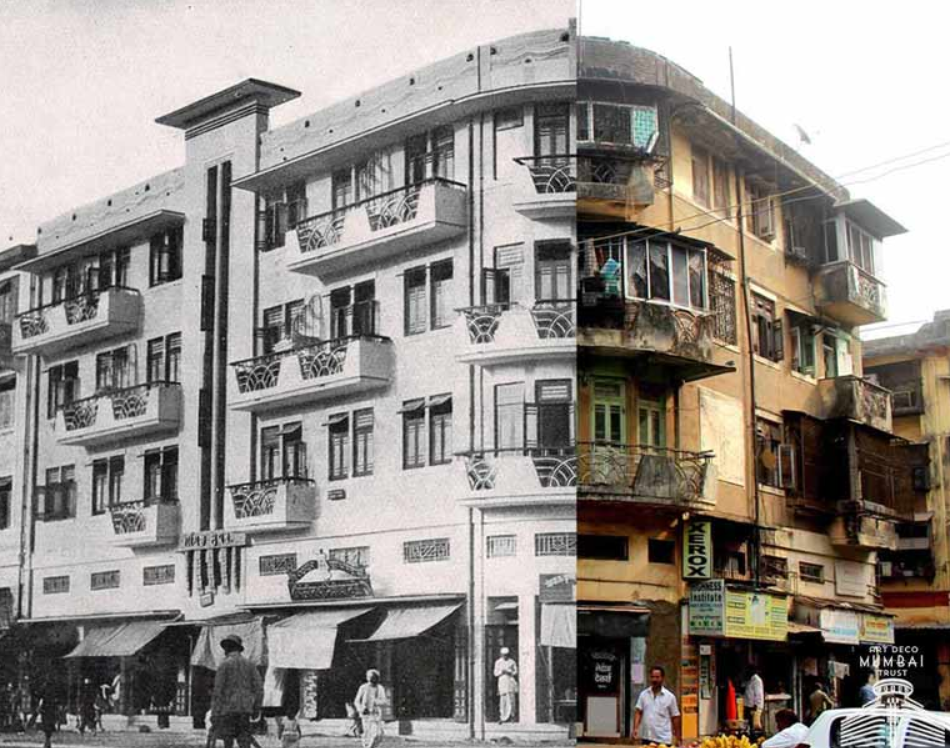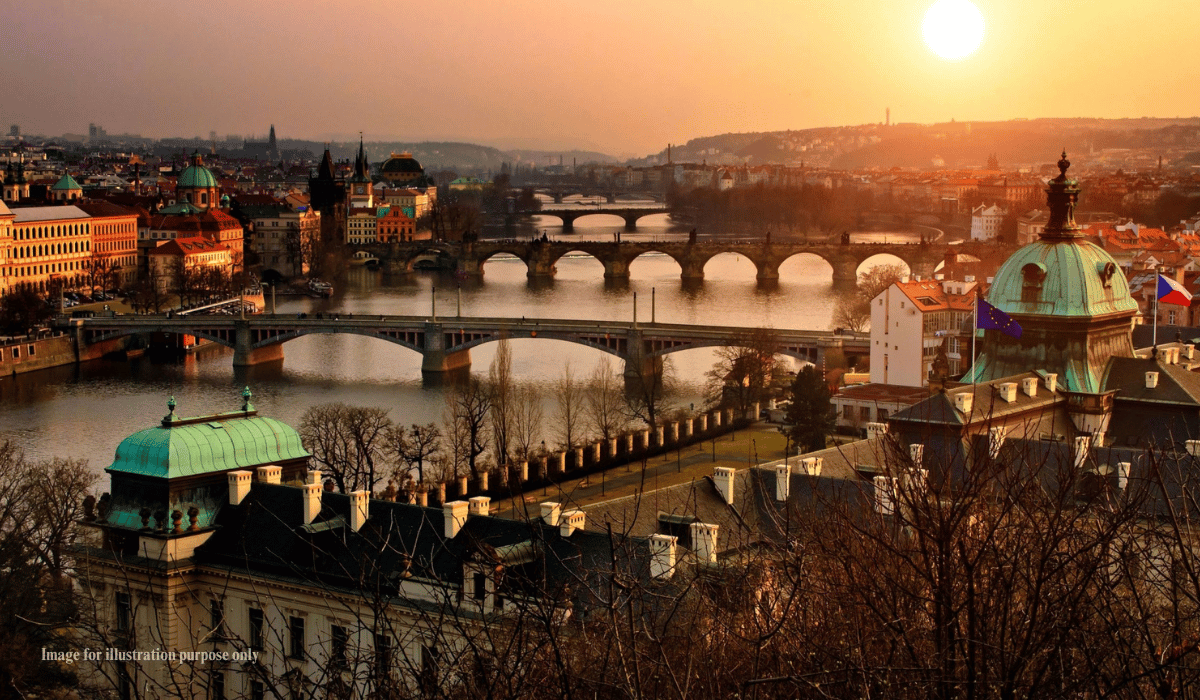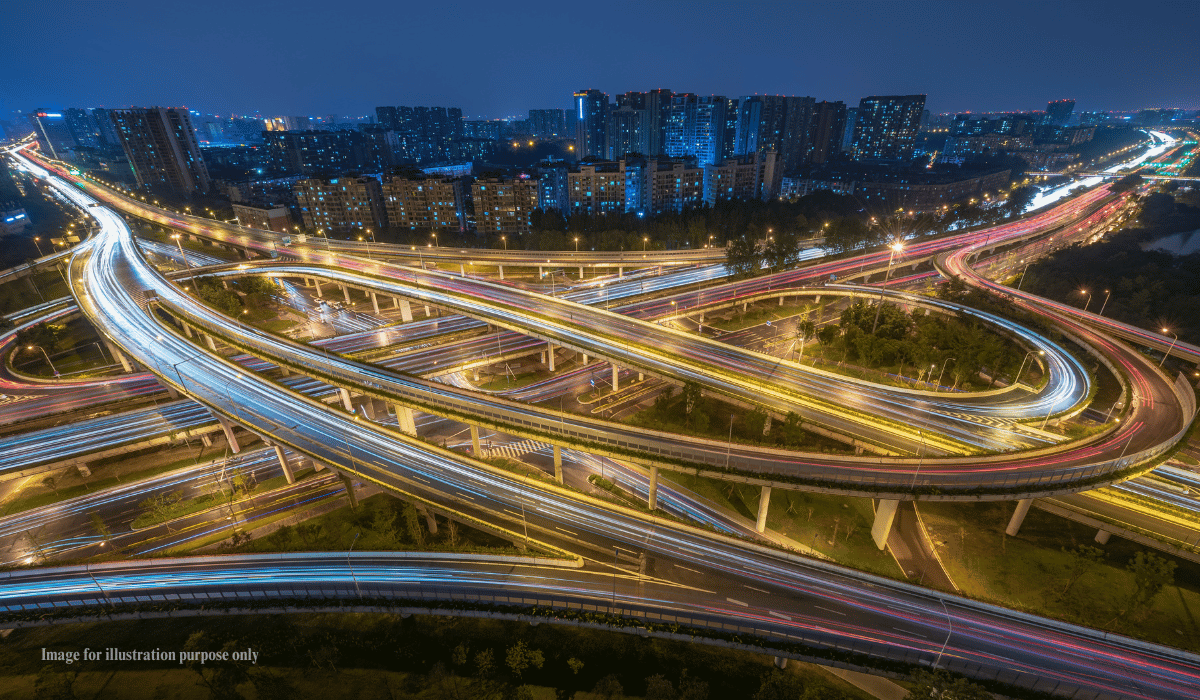Architecture is a very important and versatile part of the design industry. It evolves with every generation and develops a trademark style statement for that era. An architecture style is a creative interpretation of ideas through building design. Elements such as doors, windows, facades, and colours are ways to experiment with design styles. Art Deco is one such design movement that influenced art, building style, fashion, and homewares all through the 1920s and ‘30s. The trend first began in the United States and Europe with the idea of creating an aesthetic balance between ornamentation and simplicity. In 1925, the International Exhibition of Modern Decorative and Industrial Arts held in Paris coined the word Art Deco.
What is Art Deco Architecture?
Art Deco architecture combines vernacular elements with modern design ideas. The Art Nouveau movement that preceded the Art Deco trend was all about beautifying and artistic glory. The traces of these characteristics can be found in the Art Deco movement through its love for opulence and intricacy. Art Deco buildings are simple but not minimal because the first half of the 20th century witnessed a transition from the pre-industrial to the industrial age. This in turn encouraged architects and designers to experiment with modern elements while maintaining their integrity with traditional concepts.
Design Features of Art Deco Architecture
Art Deco style in architecture is characterized by clean geometric forms with decorated monolithic-looking facades. The buildings are curved around the corner to avoid breaking the monotony of the elevation. Luxurious materials such as ivory and lacquer combined with delicate craftsmanship make the design style graceful. Furthermore, materials such as concrete, stone, terracotta, and stucco make Art Deco buildings look rustic and dominating. The use of steel, aluminium, and glass draw their resemblance to modern construction materials. Bold bright colours such as turquoise, ruby, yellow and green were used as an expression of a futuristic design approach.

The entrance of Art Deco buildings was elaborately designed with pediments and pilasters. The doors were ornamented with reeding and fluting. The intricacy of these decorated motifs was subjective to the building’s functional use. The windows were either square or round in shape designed to appear as a continuous horizontal band of glass. Sometimes, the wall openings were filled with coloured glass blocks to create an interesting pattern of light and shadows within the building. Many buildings were decorated with embossed spandrel panels that were placed below the windows. Art Deco buildings are usually flat-roofed with spires and parapets. Chimneys and tower-like constructs were built to enhance the corner or entrance of the building design. Miami is the city with the most Art Deco-styled buildings closely followed by Mumbai.
The Influence of Art Deco in India
As a British colony, India explored global culture from a unique perspective after the first World War. Art Deco was the prevailing design movement in Europe during the 1930s and was, therefore, the primary design style that painted the town. The people who moved across the world for education and work brought back with them a love for contemporary living that had already many patrons across the world. The princely statesmen and merchants who travelled abroad were mesmerized by the modern aesthetics that dominated world architecture.

Art Deco found a new design interpretation in India. Since Mumbai was one of the most developed places in the country, the Art Deco trend easily swept its way in the city. As ornamentation has been a significant part of Indian architecture, Art Deco was appreciated as a toned-down version of the prevailing embellishment-rich architecture. Contemporary buildings in Mumbai such as cinemas, schools, hospitals, clubs, and apartments embraced Art Deco as a mark of newness and a symbol of progress. The young architects in India wanted to experiment with global design styles and found comfort in Art Deco’s design elements. The movement was further brought to the forefront in 1937 when India’s first architectural exhibition was hosted by the Indian Institute of Architects (IIA). The exhibition displayed new styles of design in buildings and furniture which further accustomed people to modern design expressions. The use of RCC and ferro cement became popular during the time and many buildings in Mumbai adopted them as a promising construction material.
The fort area of Mumbai affectionately referred to as the SoBo (South Bombay) has a vast expanse of Art Deco buildings across the Marine Drive area. The buildings in India were constructed differently than those in Europe because India was and still is a labour-intensive country. Thus India’s Art Deco buildings were hand-crafted by a skilled workforce. The Regal Cinema is considered India’s first Art Deco building. The building has highly decorative and vibrant facades with details such as trapezoidal, triangular, zigzagged, stepped, chevron, sweeping curves and sunburst motifs, relief patterns, and banding. Another significant feature of Mumbai’s Art Deco movement was the incorporation of architectural lettering. The buildings were named to reflect European aspirations and were written over the entrance door in stylized fonts. Wood, metal, stone, and plaster were the materials used to make these building names.

Today, Art Deco stands as a beautiful heritage expanse across Mumbai’s coastal road. It adds vibrance to the city’s skyline and adds a sense of sophistication and elegance. Art Deco is a pathbreaking architecture style that symbolizes the transformation from maximalism to minimalism. What makes Art Deco still relevant is that its design principles are applicable in contemporary building designs. Although the Art Deco era has surpassed, the buildings stand tall as a representation of the world’s design sensibilities and innovation.
Sources;
- What Is Art Deco Architecture?
- What is Art Deco Architecture?
- Art Deco Architecture
- Art Deco in Mumbai: Oval & Marine Drive
Disclaimer: The information contained herein have been compiled or arrived at, based upon information obtained in good faith from sources believed to be reliable. The opinions expressed within the content are solely the author’s and can be subject to change. The image featured in this article is only for illustration purposes. If you wish the article to be removed or edited, please send an email to editor@biltrax.com
Discover more from Biltrax Media, A Biltrax Group venture
Subscribe to get the latest posts sent to your email.





















